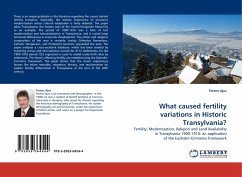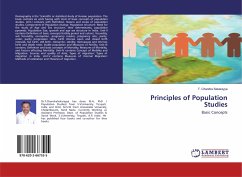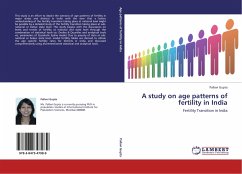There is an ongoing debate in the literature regarding the causes behind fertility transition. Especially, the relative importance of economic modernization versus cultural adaptation is hotly debated. The paper takes Transylvania, the eastern part of the Austro-Hungarian Monarchy as an example. The period of 1880-1910 was a time of fast modernization and industrialization in Transylvania, and it crated large territorial differences in economic development. The ethnic and religious composition of the area is versatile; mainly Orthodox Romanians, Catholic Hungarians, and Protestant Germans populated the area. The paper analyses a cross-sectional database, which has been created by matching census and vital statistics records for 4112 settlements, for the 1900-1910 period. OLS regression is used to model crude birth rates by settlement. The factors affecting fertility are modeled using the Eastrelin-Crimmins framework. The paper shows that the classic explanatory factors like infant mortality, migration, literacy, and secularisation do explain fertility differentials in Transylvania at the turn of the 20th century.
Bitte wählen Sie Ihr Anliegen aus.
Rechnungen
Retourenschein anfordern
Bestellstatus
Storno








